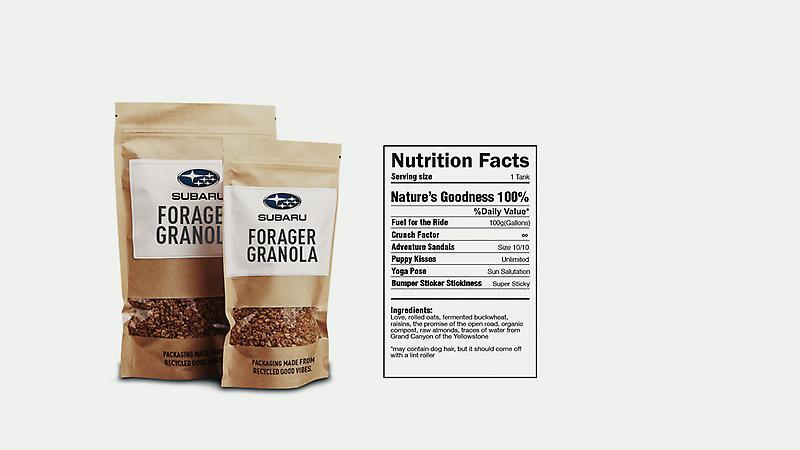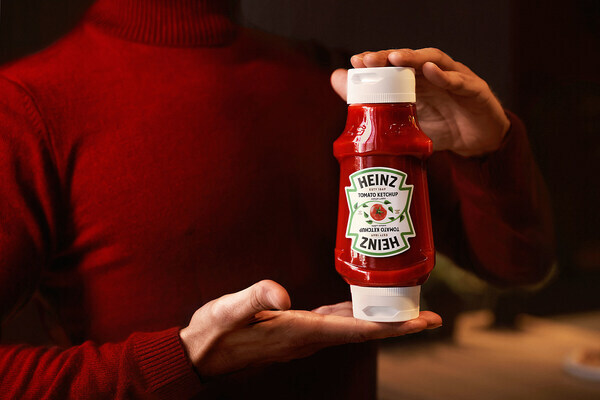Focus on believability
The best April Fools’ Day campaigns are the ones which blur the lines between joking and reality. So for your next prank, try to craft it in a way that makes it as believable as possible.
Last year, language learning platform Duolingo paired with streaming service Peacock to do just that.
On April Fools’ Day, the two brands launched a unique type of dating show. The concept? None of the contestants speak the same language.
The announcement tweet for the fake show received over 7 million views, boosting mentions of both brands on April Fools’ Day and getting plenty of users to discuss the prank.
So, what made the prank such a success? Because it was believable, it caught people off guard. Some users didn’t know if the show was real, especially because the campaign launched a few days before April 1.
The high production value helped trick followers into believing it was real.
So if you want to make your next April Fools’ Day prank a success, try to keep the campaign somewhat realistic – but in a way that’s slightly questionable. Plus, launching it earlier than April 1 will probably make people less suspicious of it being an April Fools' prank, adding to the element of surprise.
Believability: ✓
Create media coverage with a press release
Try to land some media coverage for your April Fools’ Day campaign by crafting a press release. By sharing this with journalists, you can spark interest and anticipation for your prank among your audience. Be sure to convey the light-hearted nature of the campaign in the press release to maintain transparency and trust.
A great example of this is Tinder’s April Fools’ joke, which landed plenty of press coverage, proving that April 1 can be an excellent opportunity to get your brand in the news. So, how did they do it?
Playing into the ongoing internet joke that there are an abundance of men with pictures of themselves holding fish on dating apps, Tinder released a press release claiming that the app was removing all fish pictures from member profiles. The “fish pics” is a classic internet joke that Tinder cleverly decided to capitalize on for their April Fools’ campaign.
Similar to the Duolingo and Peacock campaign, the press release was sort-of believable – and was even welcomed by many Tinder users.
So, how can you create a news-worthy, sharable prank for your next April Fools’ campaign? Why not start by brushing up on your internet knowledge, and leaning into an existing meme relevant to your brand?
Plus, sharing the prank via a press release is a great way to land news coverage, boosting engagement and brand awareness across the internet.
Media coverage: ✓
Get leadership involved
A tasty ingredient in any April Fools’ Day recipe includes company buy-in. And this works brilliantly if you can get a major figure in your organization to work with you to produce compelling, somewhat-believable content.
Vegan bacon brand La Vie decided to capitalize on this by releasing a video with their CEO. The campaign? They contradicted their biggest core value and started selling meat.
The brand announced it’s venture into the meat market on April Fools’ Day, by pretending to release “animal-based bacon” called “La Mort.”
The brand released a tongue in cheek video with their CEO, Nicolas Schweitzer, front and center, explaining why they were venturing into the meat industry. He said: “Just look at the numbers: 99% of the meat consumed today is of animal origin. For us, launching La Mort is a no-brainer.”
Knowing the campaign would cause a stir, La Vie used April Fools’ Day to reiterate their core values, and bring attention to the vegan food market.
Getting senior staff involved plays into the surprise that comes with a good prank on April 1, so why not see if you can get buy-in from your leadership team?
Involvement of key figures: ✓
Lean into the surprise factor
Looking to create a buzz on social? Why not go completely off-brand? Leaning into the element of surprise can help consumers do a double-take at your April Fools’ Day campaign.
For example, you could “launch” a new – but questionable – product. And that’s exactly what the automobile manufacturer Subaru did.
Subaru released a press release on their website on April Fools’ Day, announcing their pursuit into the world of snacks. An unusual endeavor for a car brand, the company claimed they were to start selling granola, flavored with “blends of wholesome grains, nuts, dried fruits, and the promise of the open road.”
In the release, Moe Muesli, Head of Texture and Granularity at Subaru, said: “At Subaru, we’re committed to being More Than a Car Company, and now, we are literally More Than a Car Company, because we’re making granola.”
The sarcasm in the press release helped to indicate that the stunt was simply April Fools’ Day related, but be careful what you wish for. Plenty of people on social media were actually looking forward to the release.
Surprise factor: ✓
Know your audience
When crafting a successful April Fools’ Day campaign, keep your audience in mind. The more you’re clued into the ins and outs of your demographic, the more you can lean into a joke that will grab their attention.
That’s exactly what food company Heinz did for their latest April Fools’ Day prank. Understanding that there is an age-old problem of how to get the last bit of sauce out of a ketchup bottle, Heinz created a solution to the problem. Enter: the “Ketch-Up and Down” bottle.
The invention would solve the pain point easily: no matter how people choose to store the bottle, the sauce will always be dispensed straight away.
The prank ended up on all corners of the internet, with hundreds of consumers unaware that it was a prank. If anything, many were keen on the idea (despite it being slightly silly).
Heinz’s April Fools’ Day joke leant into the believability aspect too, and combining this with a deep understanding of their audience’s pain points meant that the campaign was a hit.


